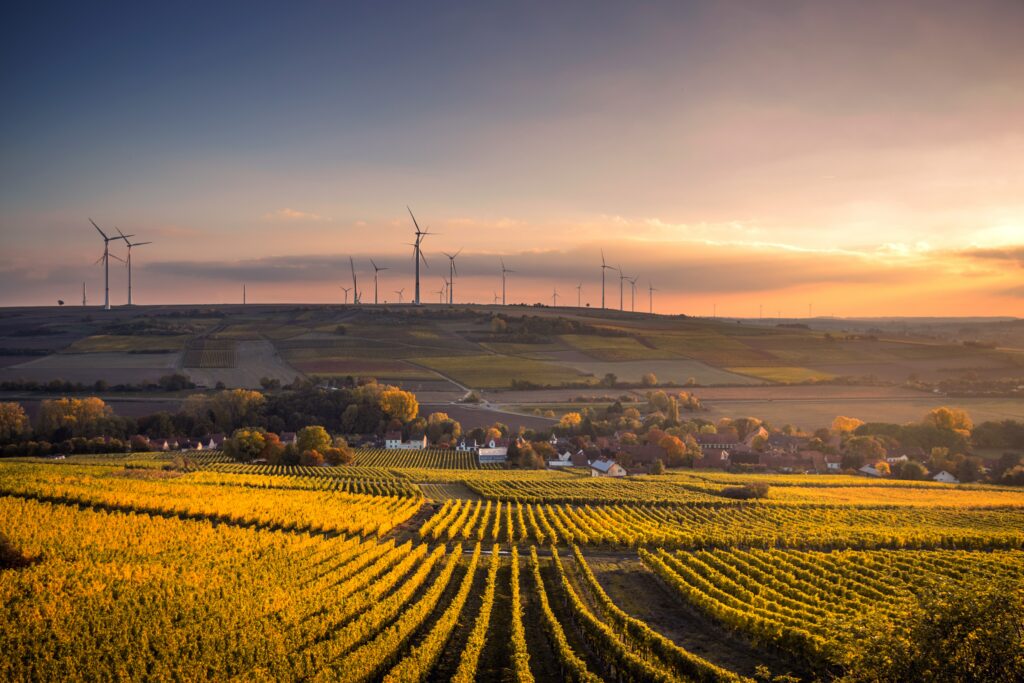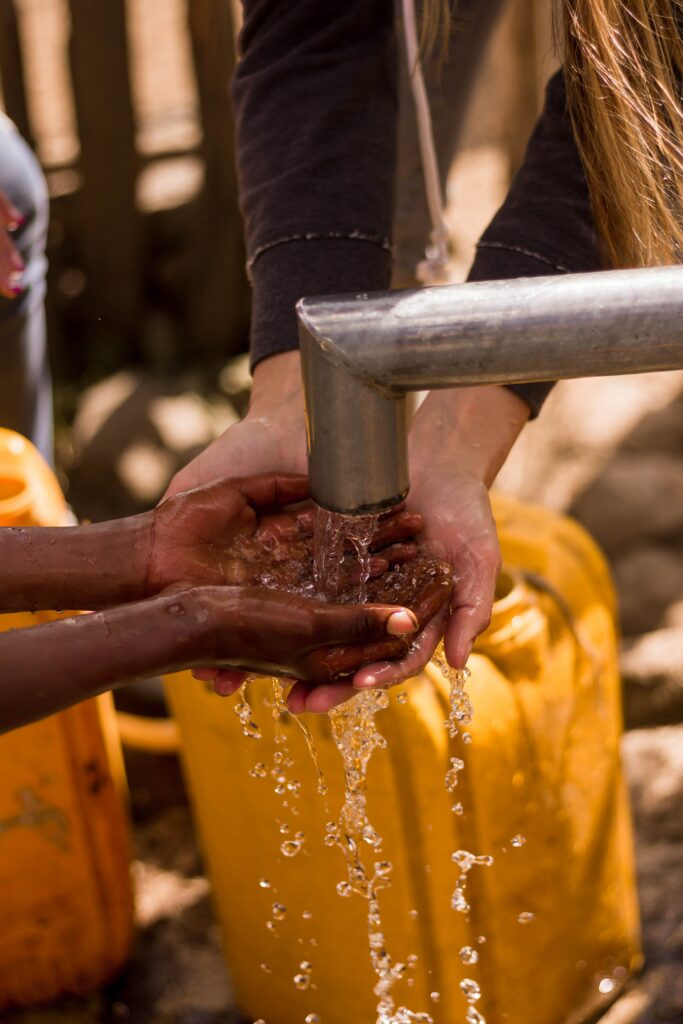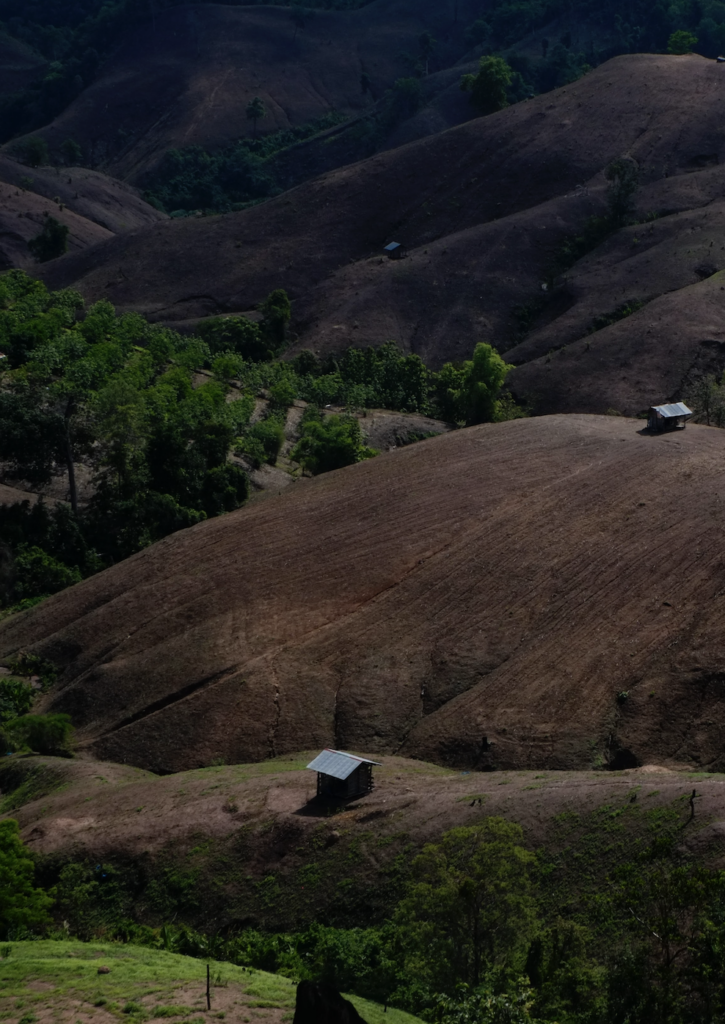Join JPI UE
Faq
FAQ
Please click here for the frequently asked questions we collected.
If you have an additional questions you are welcome to mail us at info@jpi-urbaneurope.eu

That’s one way of perfectly framing the importance of the FWE nexus. However, there are many other benefits accompanying the implementation of the nexus in the long run. Keep reading to find out what they are.

Increased productivity or efficiency in one sector often impacts the economic, political and environmental security of the whole FWE system.
Yan et al.
The FWE nexus should be looked upon as a helping system for cities to integrate and thus create a “supportive environment and sustainable services.” With a revolution in renewable energy generation, local food can also be produced in urban environments, not solely in suburban zones, as was the case before. This naturally means smarter use of the resources available, as “harvested food, energy and water could shorten the distance between demand and supply”.

Simply, what we have should be functionally co-opted in a completely different way. We have to use exactly the city that we have in a different way.
Alessandro Melis, CRUNCH co-lead
Especially in developing countries, where access to clean water and sanitation is a challenge, high mortality rates and malnourishment are realities. In such places, it’s even more important to implement strategies for ensuring water protection and availability, and for agricultural production to avoid price fluctuations. Advances in technologies allowing sustainable agriculture can efficiently meet this demand.
“Everything that we think about how we use resources is based on a series of prejudices. Like the one of the existences of artificiality and waste: there is no waste in nature,” Professor Alessandro Melis, co-lead for the CRUNCH project, told us. When the systems are connected, they don’t produce waste – but as soon as they’re detached, there’s waste.
Following nature’s lead, the nexus reduces waste just the same. When food, water, and energy form a synergy, any potential scraps in the production of the desired finished product are transformed from waste to a valuable supply. By avoiding unnecessary waste, we increase the resilience of a city as an organism.
This complexity gives us the opportunity, not only to reduce waste but also to find the associative connection that increases our possibilities of survival. The system together is, as scientists say, a reservoir of possibilities.
Alessandro Melis, CRUNCH co-lead
By efficiently using the given resources and generating less waste, the FWE nexus helps cities transition to sustainable ones, making it easier to reach desired climate goals.
How so?
If we look at the following two examples, we can immediately see how well the nexus works in practice:
a) Palm oil exploitation in Indonesia

Palm oil in itself is a great asset; it takes on multifunctional roles: from food and various products ingredient (e.g., shampoo, cosmetics), to a “cost-effective substitute for carbon emitting fossil fuels”, its value can’t be denied. However, its excessive consumption has led to rainforest deforestation in Indonesia, making the “country become the world’s fifth largest emitter of greenhouse gases.” Not only does logging threaten biological diversity in the area, but palm plantations contaminate freshwater streams, a resource “upon which millions of people depend.”
In this case, food, water, and energy did not work together in symbiosis, and the production of the final product (i.e., palm oil) has generated too much waste and has sacrificed precious resources (water, trees) that we can’t afford to unnecessarily dispose of. This is what FWE nexus is trying to prevent.
b) Rice and corn as energy sources in Taiwan
Energy Policy’s study on the FWE nexus from 2018 found out how to best make use of waste as an opportunity: the by-product of rice and corn is in fact a good source for electricity generation, as “bio-coal produced from rice straw is very beneficial for the environment” due to being carbon neutral. It’s a perfect example of how a by-product can be used beneficially, hand-in-hand with energy, instead of being disregarded as waste. Not only that, but the study also found that “compared to solar power, the development of bioenergy can simultaneously enhance food and energy self-sufficiency.”
The nexus helps us combine the food, water, and energy sectors efficiently and can help them produce more than simply one finished product. Again, it’s about synergy.

According to SUGI FEW Nexus midterm synthesis report, by 2050 the world’s population will have increased to 9 billion people, 1 billion more than 2022. That means more food and water consumption, more energy needed. It is why it’s even more crucial to use them mindfully.
“Agriculture looks set to remain the biggest user of water into the middle of this century,” states the United Nations. With the growing population and increasing demand for meat and dairy products (which use up a high volume of water in the production process), it is not exaggerated to say we must switch to efficient measures, such as FWE nexus, to save water and energy whilst food cultivating.
Urban agriculture, with its own environmental preservation elements, could be one way to go.
Since food production takes place in cities – where populations are becoming denser – it’s no surprise shorter transportation distances reduce the food miles and energy needed in transportation.
However, it’s good to keep in mind (and try to avoid when urban cultivating), it can cause a vast amount of water consumption, possible use of pesticides and fertilisers, emit large volumes of greenhouse gases, and cause soil management problems. Hence, it is especially necessary to evaluate the input-output efficiency, when “developing urban plans aimed at the environmental performance of urban agriculture”. This is where research and planning of the FWE nexus comes in handy.
SUGI reports the FWE nexus contributes to the making of sustainable urbanisation with “resource interdependencies” through “spatial perspectives and multi-level governance strategies”. It argues that solutions the nexus provides for urbanisation challenges will help “populations to transition to sustainable consumption and production.”
The great thing about the FWE nexus is, it’s about making cities sustainable. One of the steps to do so is to make the best out of the resources we have available. For example, all the following reduce the amount of unnecessary water consumption:

Not a secret FWE nexus impacts the cities in a positive way; one of which is making them more resilient. To find out why and how, read here.
Like the FWE nexus itself, its benefits are highly interconnected. Less waste means optimisation of resources; optimisation of resources means environment protection and improved agricultural efficiency; higher efficiency in agriculture means healthier nutrition; healthier nutrition means healthier residents, and so on. When talking about the FWE nexus, no element stands out on its own – it’s important to keep in mind their connectivity and synergy, as only then can we get the full basket of its benefits.
This article is part of a pilot effort between CityChangers and JPI Urban Europe to highlight the complex interrelations of urban food-, water- and energy systems to a non-academic audience. The articles are based on interviews with researchers from five of the 15 projects funded in the SUGI FWE Nexus, reports produced in the SUGI FWE Nexus initiative as well as public statistics and reports. The conclusions and recommendations derive from the authors conclusions. Read more articles and access research results from all SUGI FWE Nexus projects at the Urban Europe website.